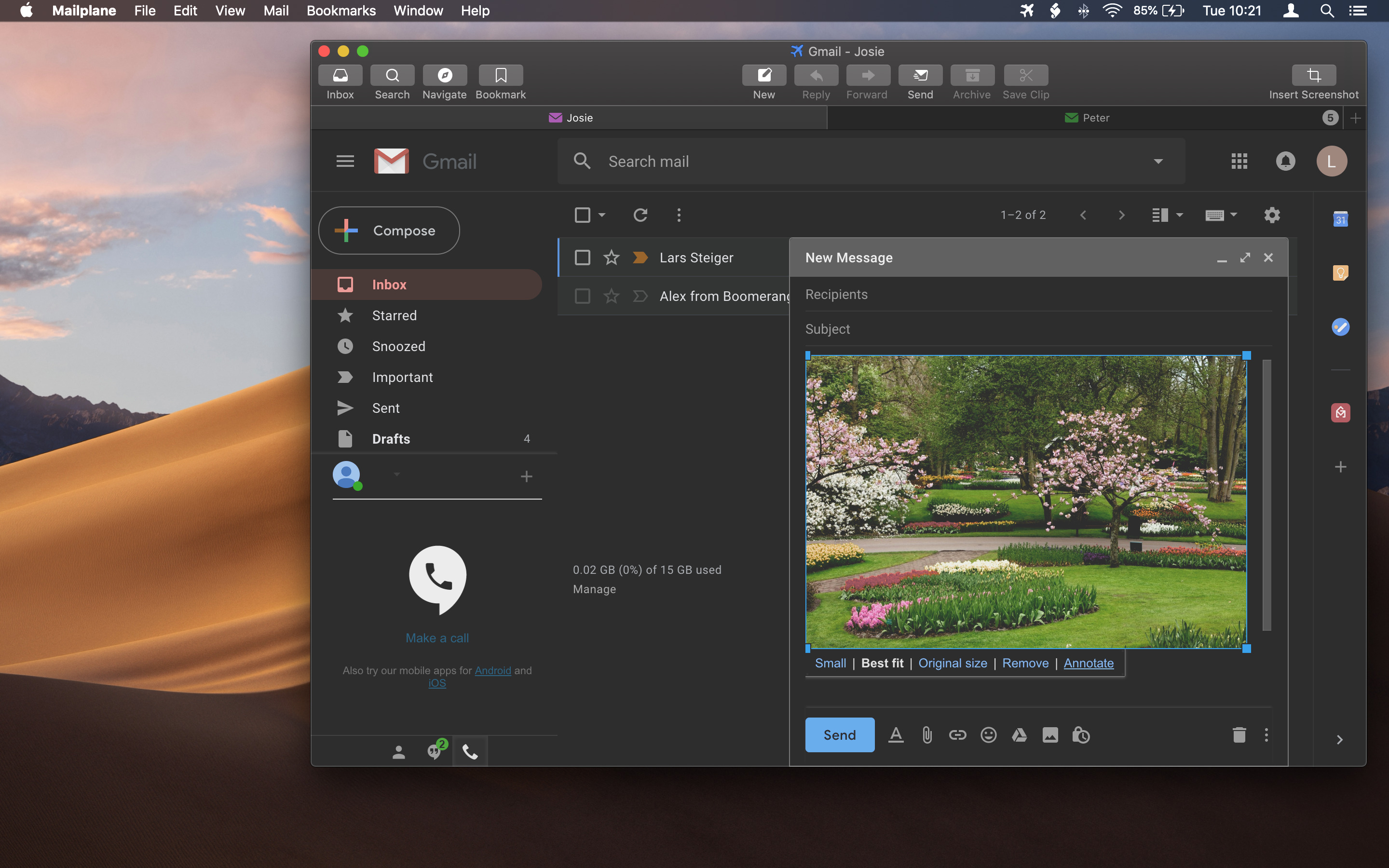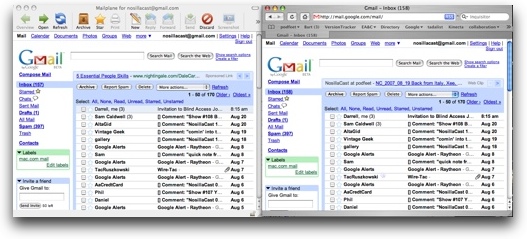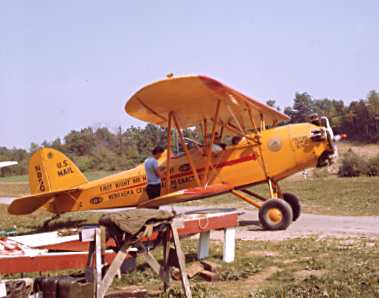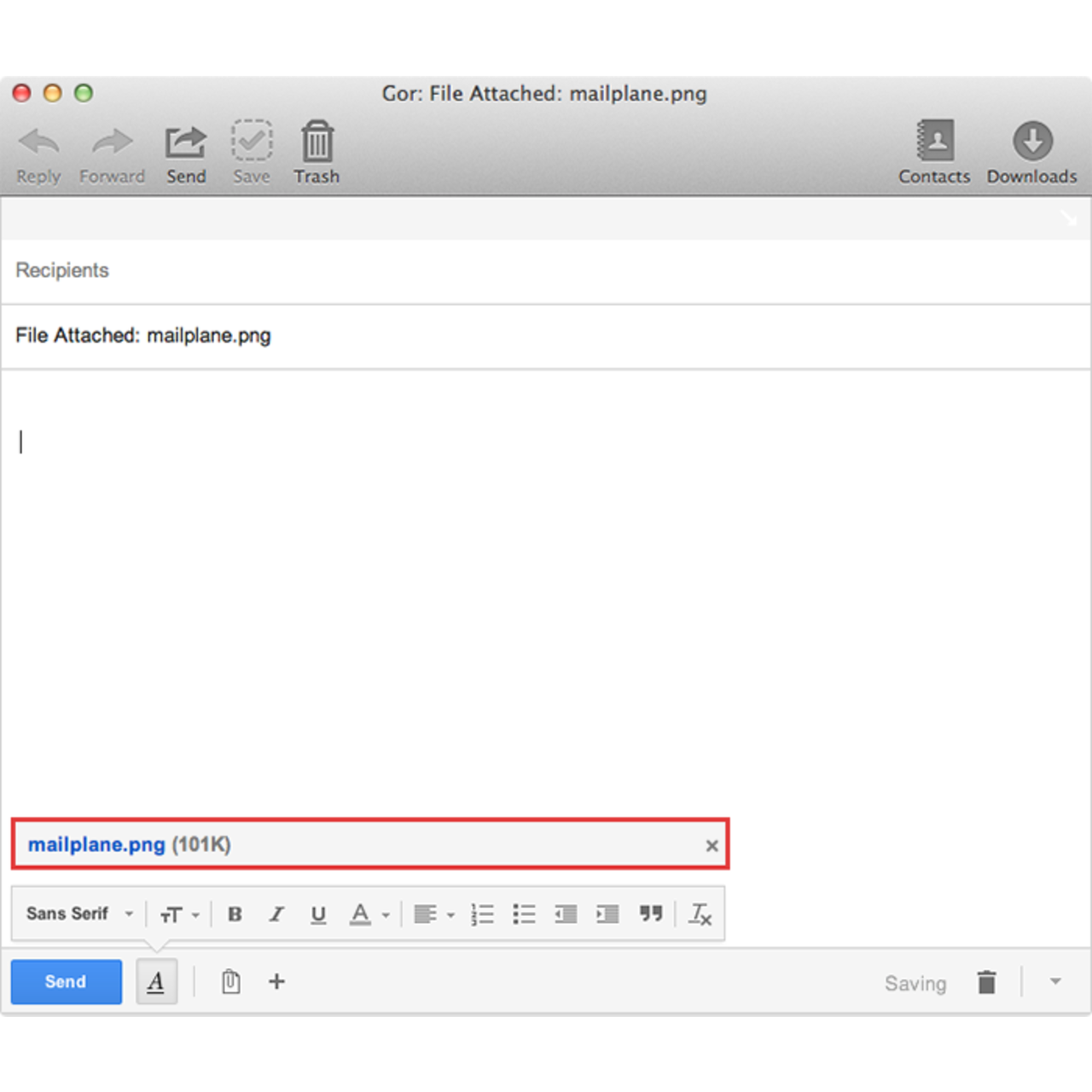

Operators United Statesĭata from McDonnell Douglas aircraft since 1920 : Volume I, The Illustrated Encyclopedia of Aircraft
MAILPLANE COM SERIES
M-4A One M-4 for Western Air Express MO-2B A three-seat general purpose biplane developed directly from the M series of mailplanes, despite the O-2 designation. Variants M-1 Prototype mailplane modified from the Douglas O-2 M-2 Production mailplane for Western Air Expressĭouglas M-4 photo from L'Année aéronautique 1926Modified mailplane with stretched wing for United States Post Office. Follow your favorite accounts, explore new trends, and create your own videos.

Notifier Mailplane's notifier lets you know how many unread messages are in your inboxes, right from your Mac's menu bar. All-in-one app with Apple-like keyboard shortcuts. With the introduction of three-engined aircraft types beginning in 1928, the Douglas mailplanes were withdrawn from service some were sold but most were scrapped. Gmail, Calendar & Contacts Manage all your Gmail, Calendar and Contacts accounts in Mailplane instead of cluttering up your browser window. WELCOME TO MAILBOX PLANET Whether you need an easy way to send your packages and mail, or a convenient place to receive them, Mail Box Planet, Inc. One M-4 was re-engined by NAT with a Pratt & Whitney Hornet radial engine. Some of the NAT M-3s were modified by them with longer-span wings from 1928 onwards. NAT bought other aircraft and at one point had a fleet of 24 Douglas mailplanes in use. When the Post Office retired its aircraft in July 1926 after all the routes had been privatized, NAT bought ten M-3s and eight M-4s at auction. When the CAM-3 (Chicago-Dallas) route was passed to National Air Transport Inc (NAT) in October 1925, the airline originally used the Curtiss Carrier Pigeon. One M-4 was also bought by Western Air Express and this was designated the M-4A. The M-4 had a new longer span wing and the Post Office converted some of the M-3s order to be built as M-4s. The M-3 had only detailed differences from the M-2.ĭouglas then redesigned the M-3 to try to increase the payload, and the new aircraft was designated the M-4. There are two types of technology people: those that prefer web apps and those that prefer native apps. Just before Western Air Express introduced the aircraft into service (in April 1926 from Los Angeles to Salt Lake City), the Post Office ordered 50 aircraft designated M-3 for its major route network. It also had the provision to carry a passenger instead of mail in the front cockpit. The just-released Mailplane 4 preserves these broad outlines while unveiling some significant improvements. The main change from the M-1 was that the tunnel radiator was replaced with a frontal type. Mailplane is a site-specific browser for Gmail (see Make Site-Specific Browsers with Google Chrome, 6 March 2015), but it offers greater Gmail-specific functionality than a standard Web browser like Safari or Chrome. For example, search across multiple accounts, proper and actionable notifications when new emails arrive, annotations and shapes for images, opening attachments. When the Contract Air Mail (CAM) routes were introduced, the newly formed Western Air Express Company (later Western Airlines) ordered six mailplanes with the designation M-2.


Small modifications were made to the exhaust system to keep fumes away from the pilot and the design was considered a success, but was not ordered into production. The 'Save to OmniFocus' functionality is much loved in Mailplane, just wondering if I could edit the plugin somehow to leave the item title blank instead of putting the mail subject title by default. The M-1 used the same Liberty engine as the DH.4, which was available in large numbers. This app is a fully-functional companion to Gmail that gives you. The aircraft was designated the DAM-1 (Douglas Air-Mail-One) but this was soon shortened to M-1. The company modified an O-2 by covering over the forward cockpit to make a mail compartment and moving the pilot into what had been the observer's cockpit. In 1925, it decided to modernize and placed an order with Douglas for a replacement aircraft based on the Douglas O-2 observation biplane. The United States Post Office had been running the air mail service since 1918 mainly using variants of the de Havilland DH.4 biplane. The aircraft were used to run the main routes of the United States Air Mail service until the introduction of three-engined aircraft in 1928. The Douglas mailplanes were a family of 1920s American single-seat mail planes designed and built by the Douglas Aircraft Company.


 0 kommentar(er)
0 kommentar(er)
